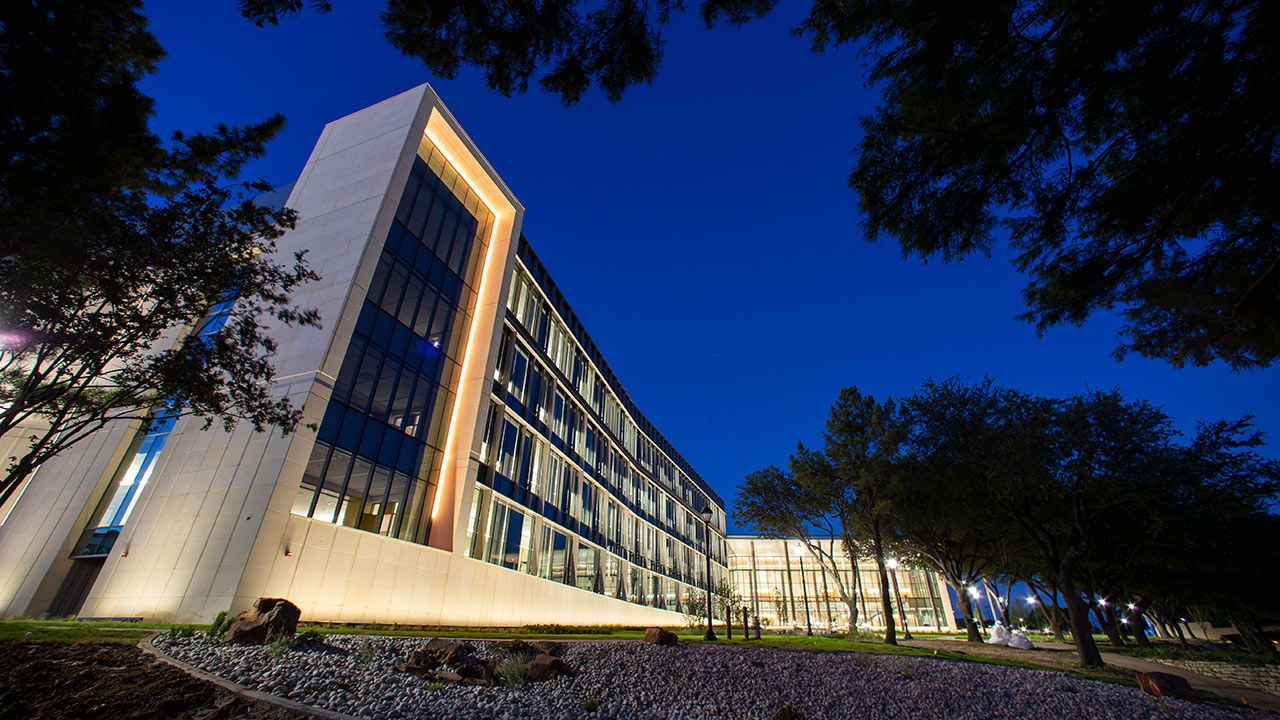Strategic Planning
Strategic Planning Insights: A Conversation with Nicholas Viator
by Mistie Maskill
Within the realm of institutional development, lies a roadmap for the future. This roadmap is meticulously crafted through strategic planning.
The recent release of the UTAs 2030 Strategic Plan is an important milestone for the university. It captures and showcases how the university will move forward the projects/progress that has been in the works for some time. Nicholas “Nick” Viator, Assistant Vice President of Strategic Planning at UT Arlington, graciously shared insights into the intricate process of crafting strategic pathways at the University of Texas at Arlington (UTA).
What is Strategic Planning?
At its core, strategic planning entails setting the mission, vision, and goals that steer an institution towards its desired outcomes, alongside identifying the necessary qualities to support these aspirations.
The UTA Strategic Plan wasn't solitary, and it unfolded through various stages, from conducting listening sessions and surveys to facilitating focus groups and interviews - comprising individuals from various levels and departments. Nick affirms the significance of gathering diverse perspectives, and that all voices provide the foundation needed to begin building the plan that fits UTA. These different areas of research facilitated data presentations and brainstorming sessions to shape institutional priorities and inform strategic decisions. UTA’s Strategic Plan involved a collaborative effort and is a key highlight in Nick’s approach.
Nick goes on to share about how the role of mentorship and collaboration influenced him during this development. Drawing from experiences at previous institutions like University of Texas Medical Branch (UTMB), where mentorship and a nurturing culture formed the bedrock of success. Nick strives to integrate similar principles at UTA and acknowledges the significance of cultivating a supportive environment where ideas flourish, and individuals thrive.
As UTA navigates this transformative phase, Nick leans heavily into fostering open communication and engaging with the community. Initiatives like the Rise 100 project reflect the institution's commitment to elevating research endeavors, with similar endeavors in development for staff.
Looking ahead, Nick envisions a campus-wide engagement drive, with surveys slated to gather feedback and insights from the UTA community. His passion for facilitating growth and his steadfast commitment to fostering culture and meaningful connections will ensure the way for a brighter tomorrow. Going beyond the intricacies of strategic planning lies a profound appreciation for the success of UTA.
As the strategic plan continues to take shape it stands as a cornerstone for shaping the future of UTA. Nick advocates for active participation, urging staff to contribute their perspectives to ensure inclusivity and alignment.
